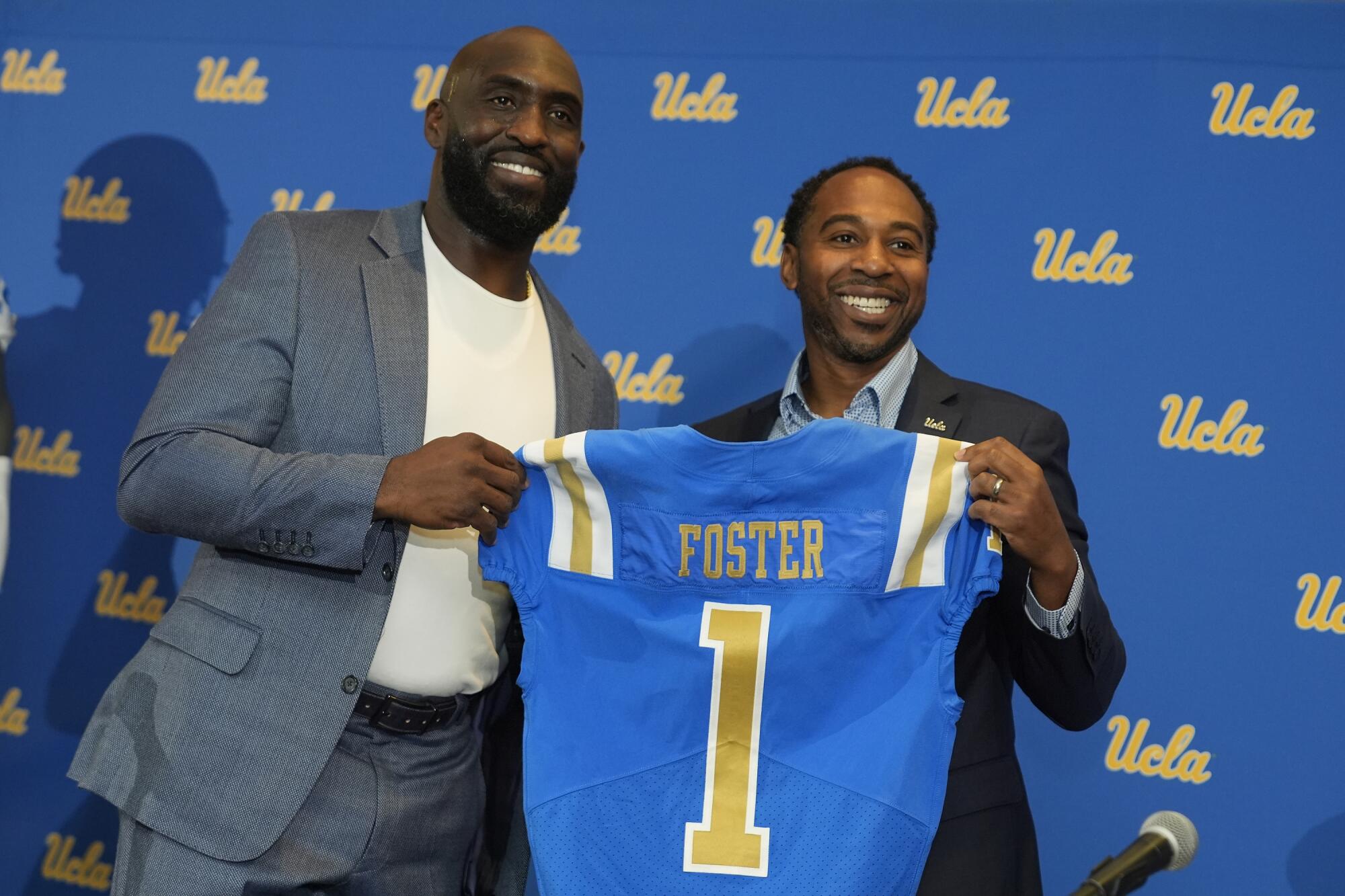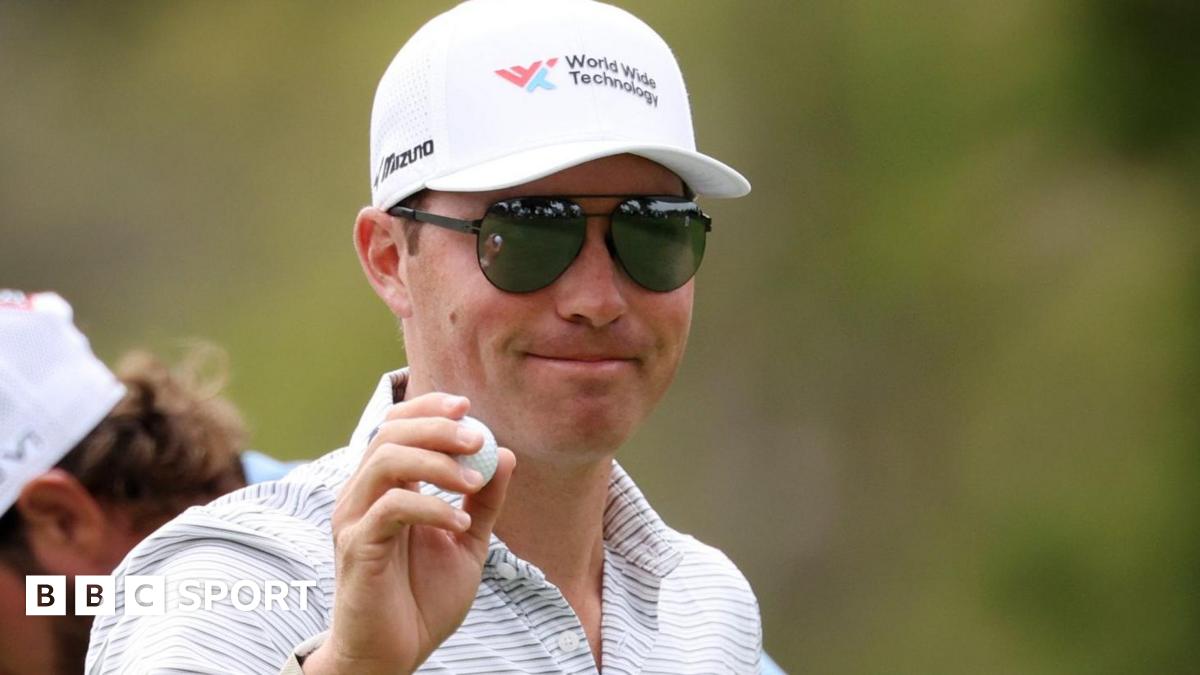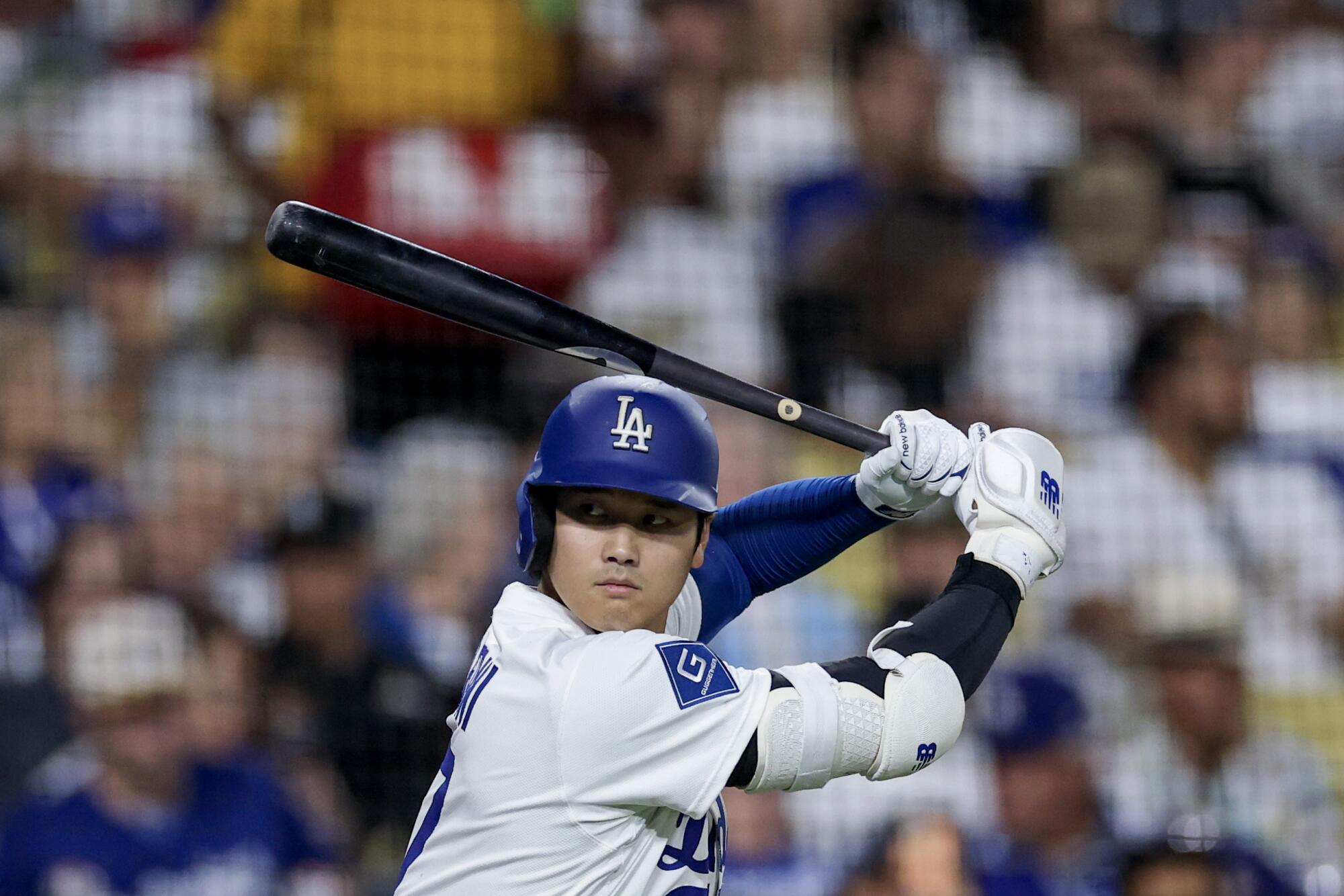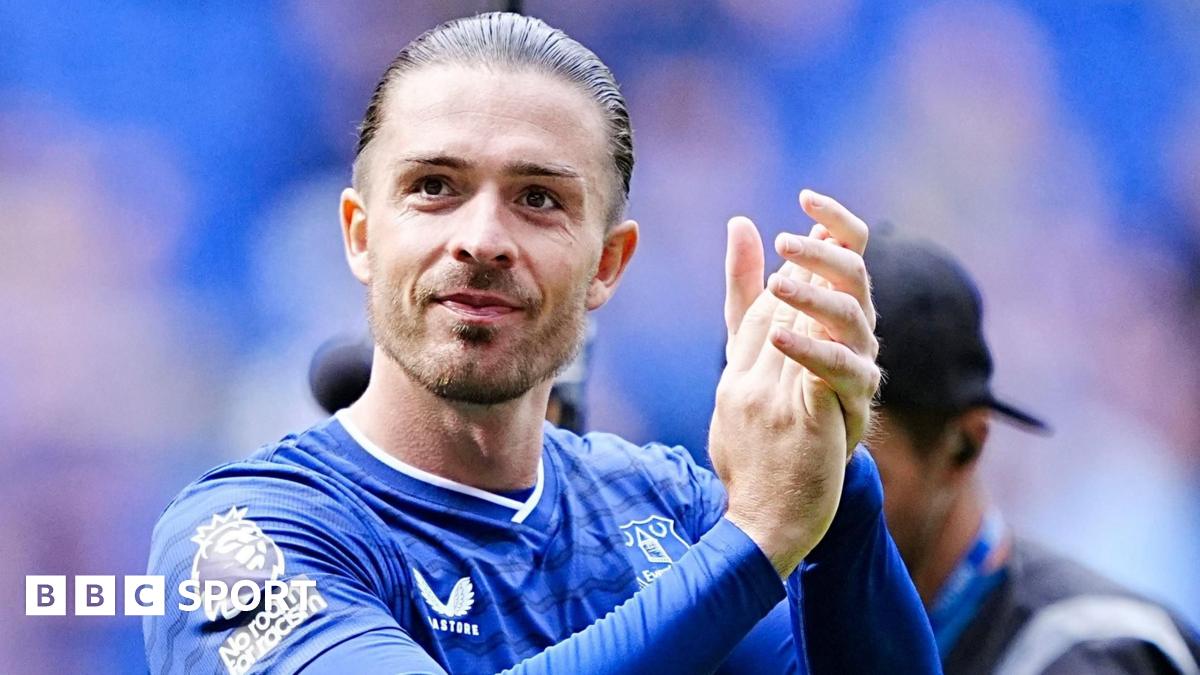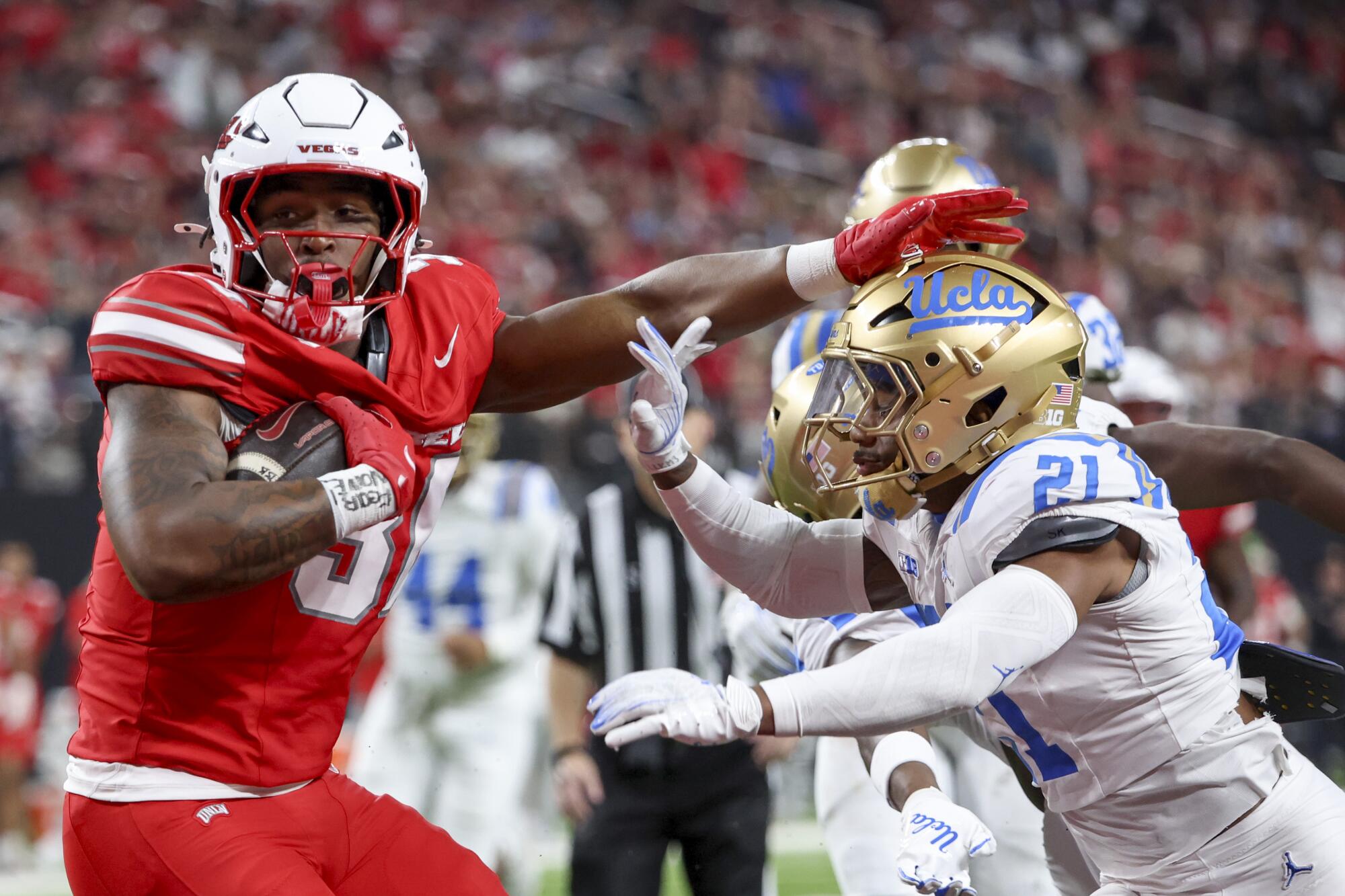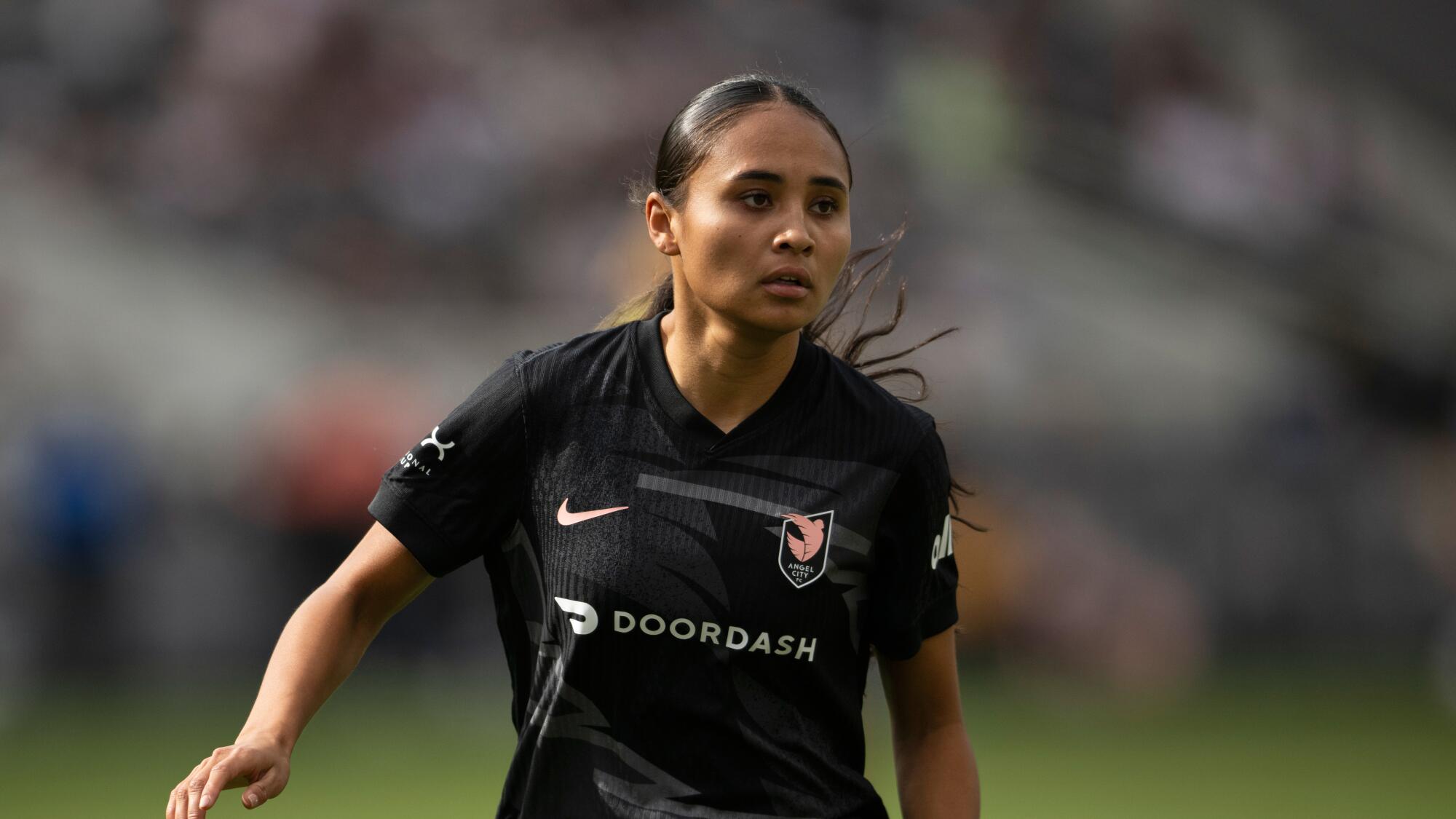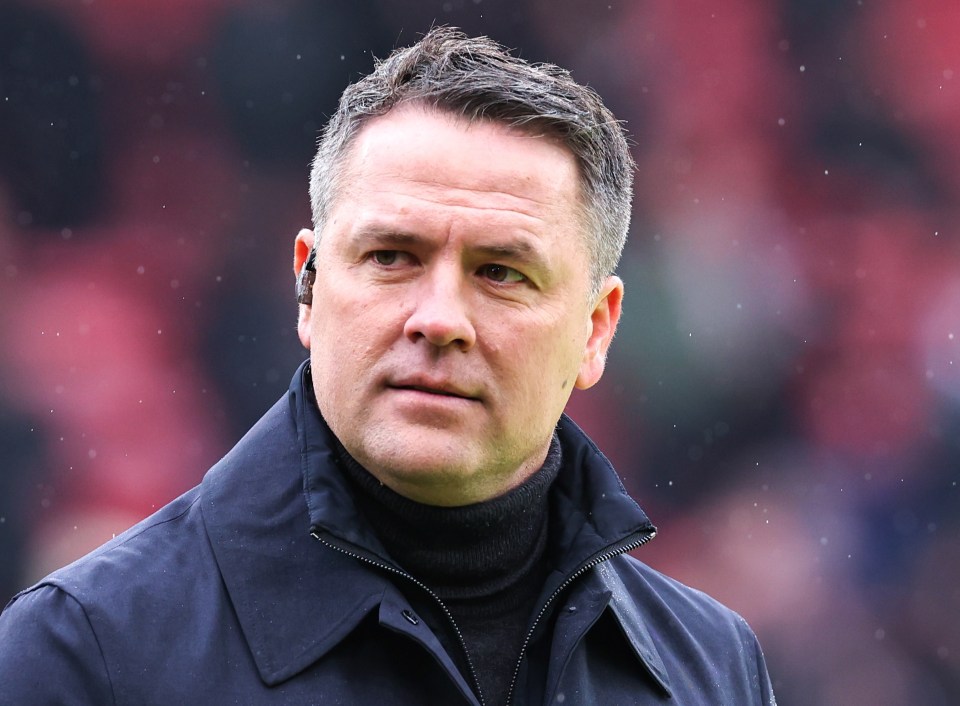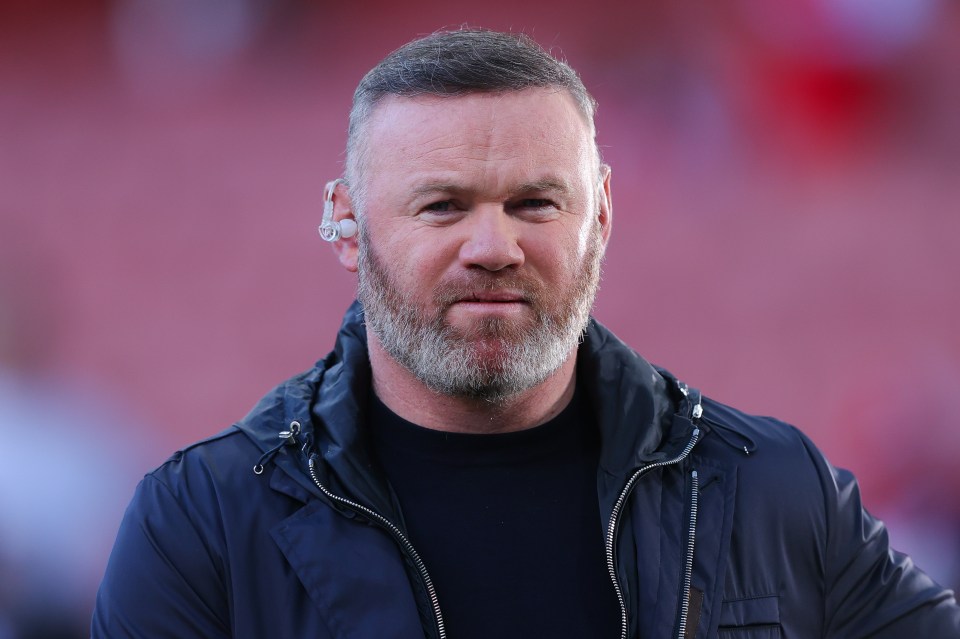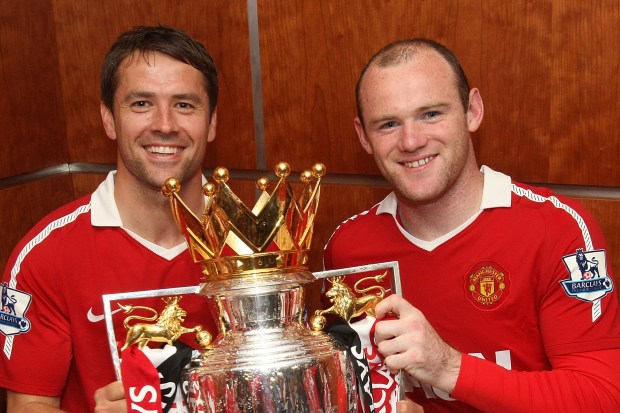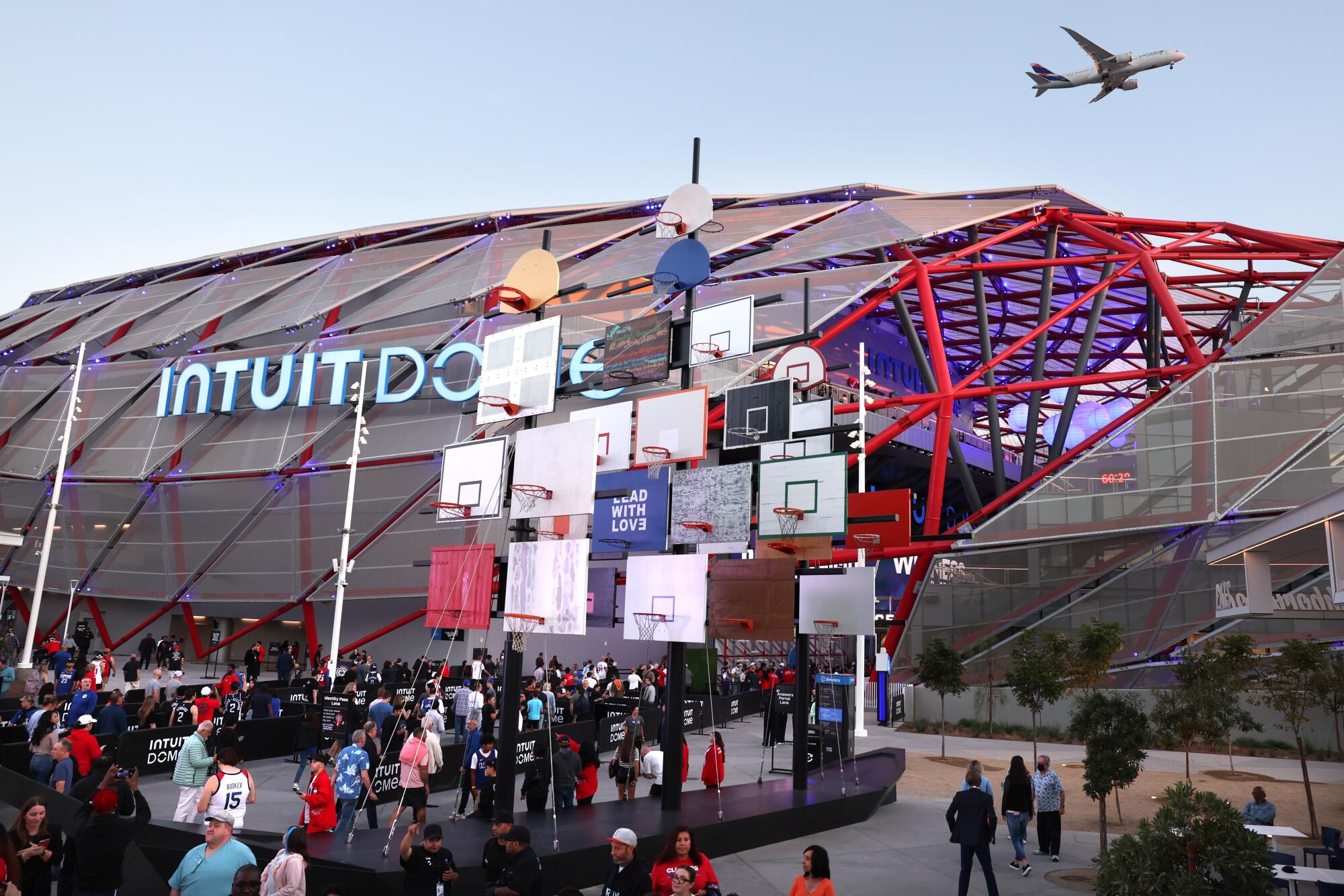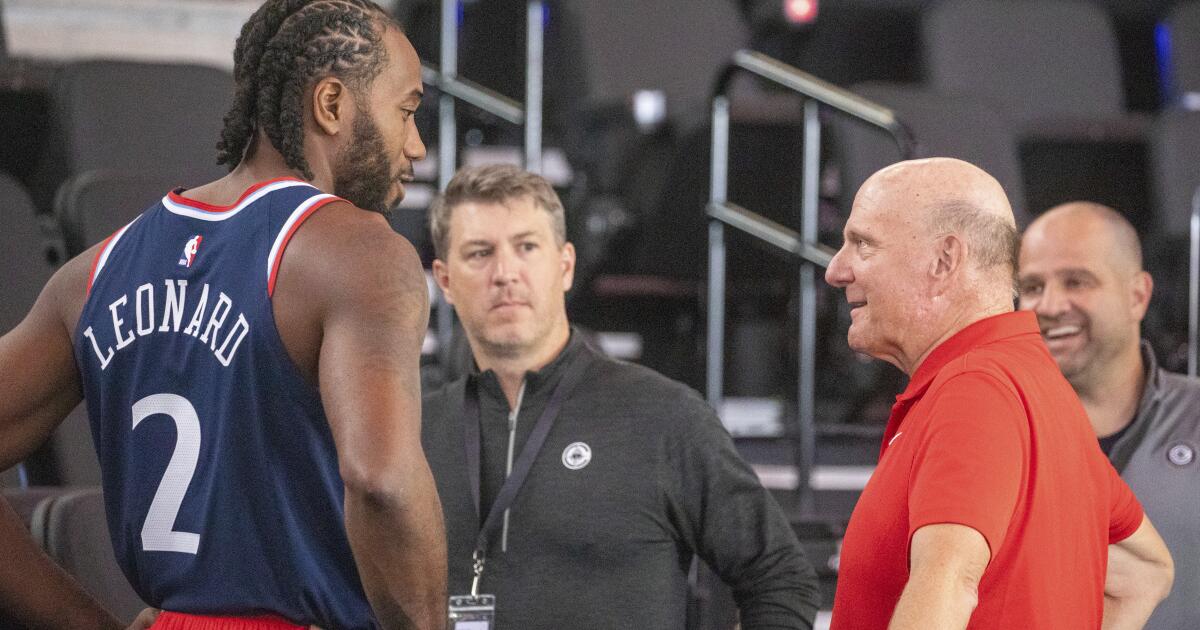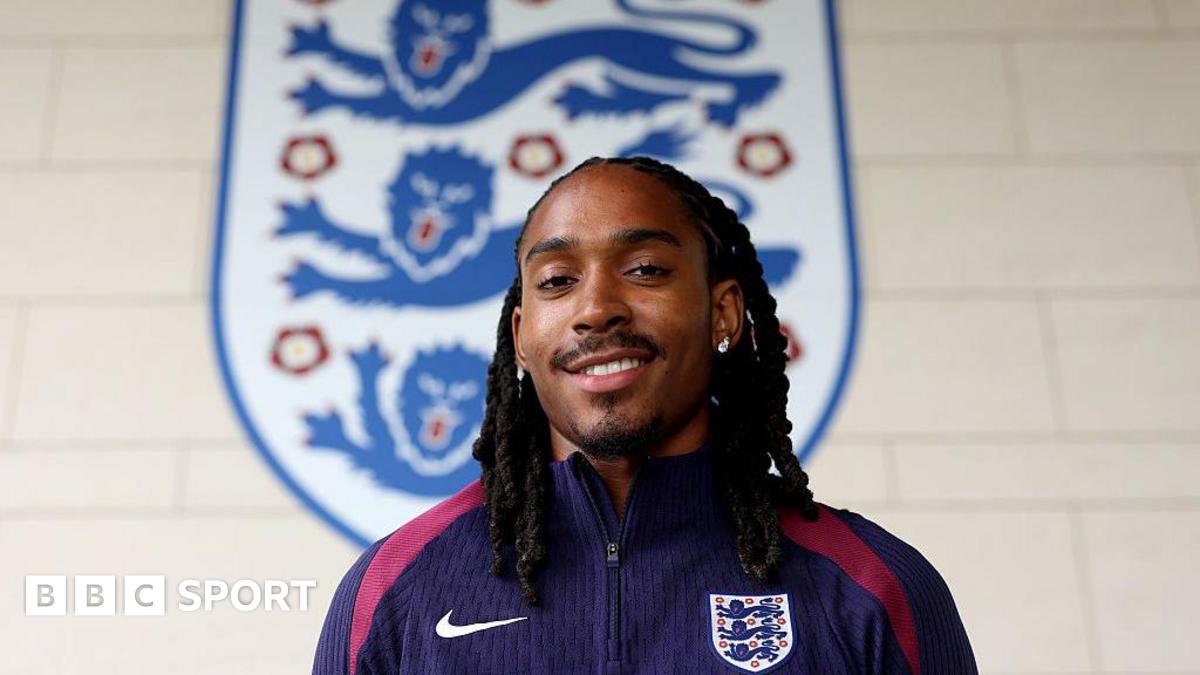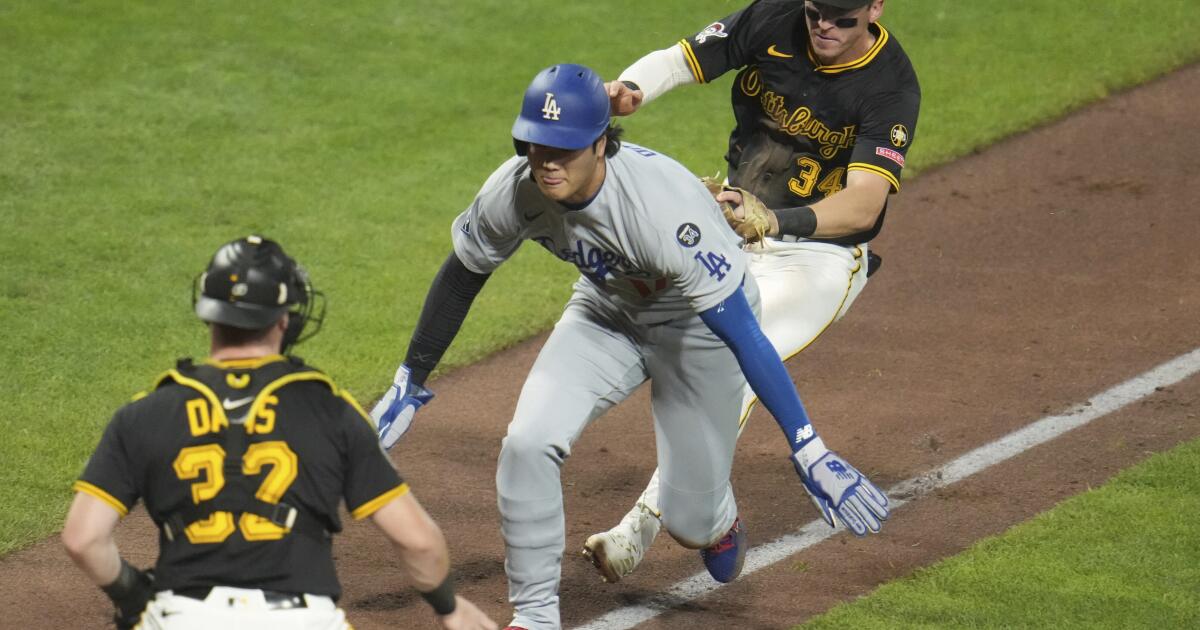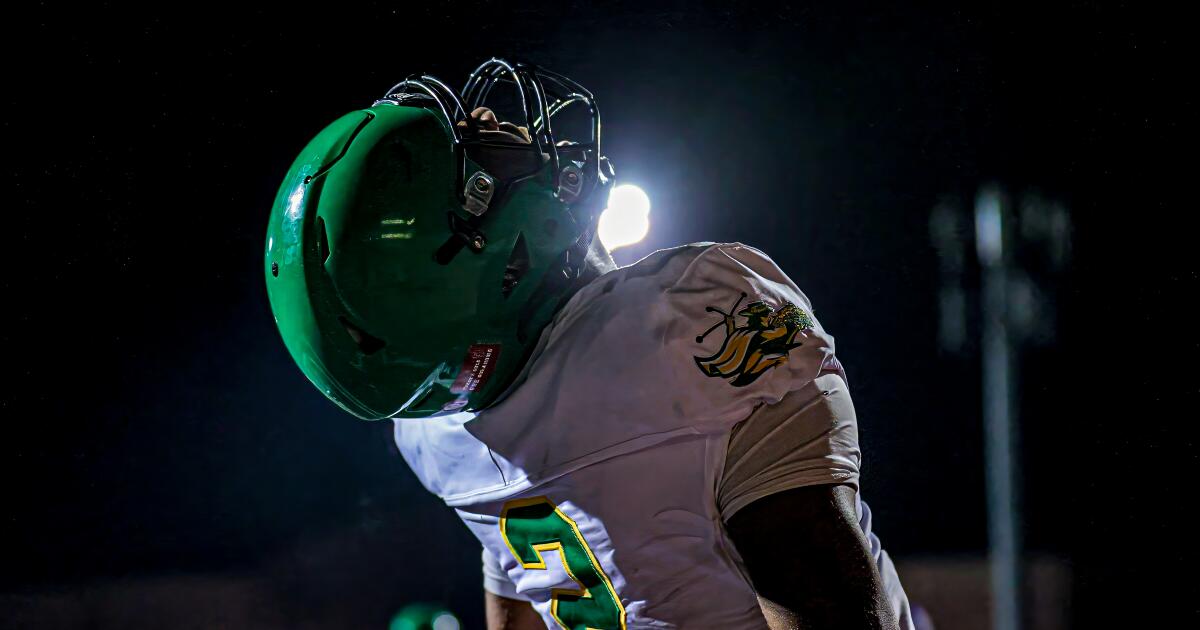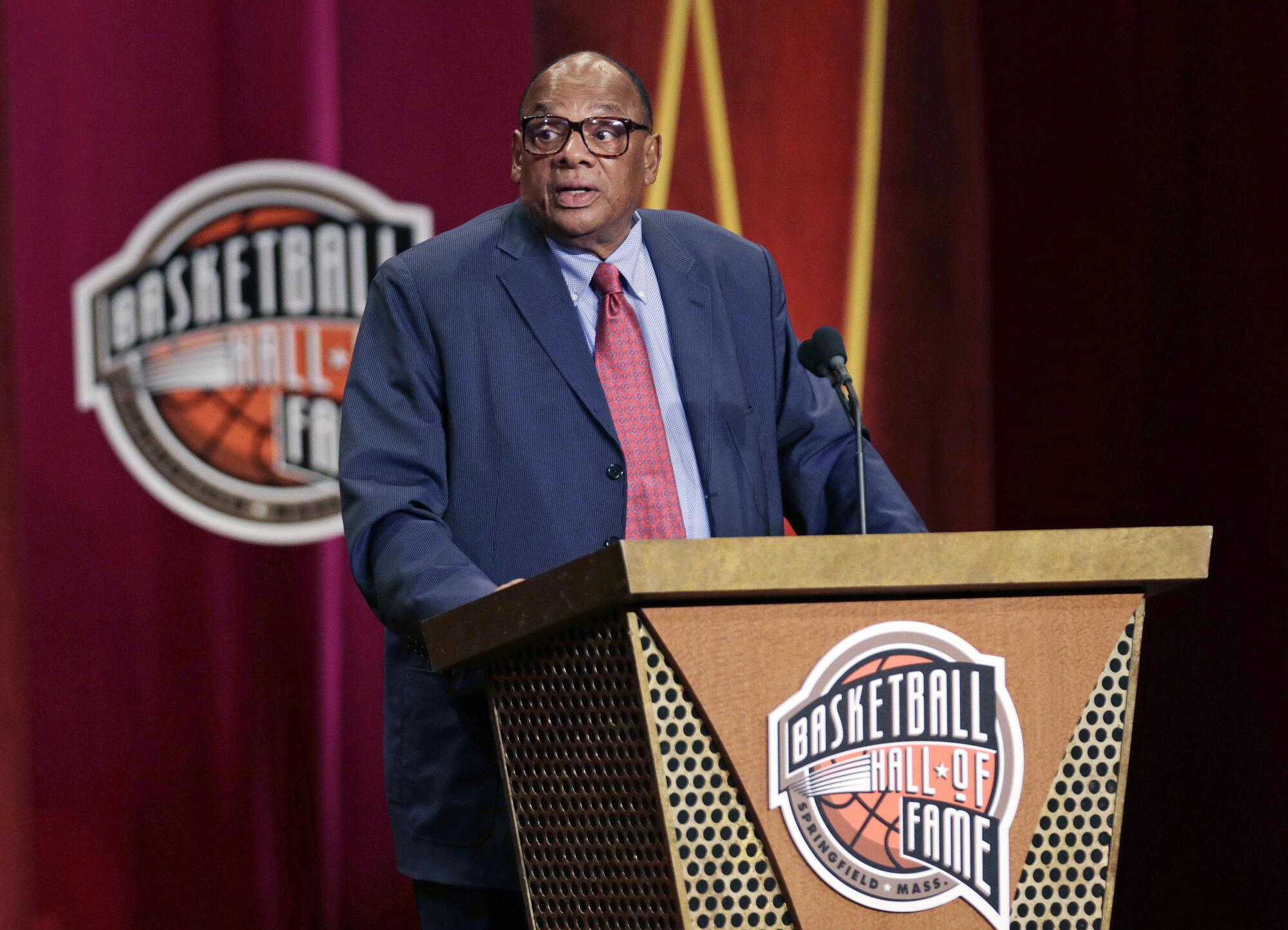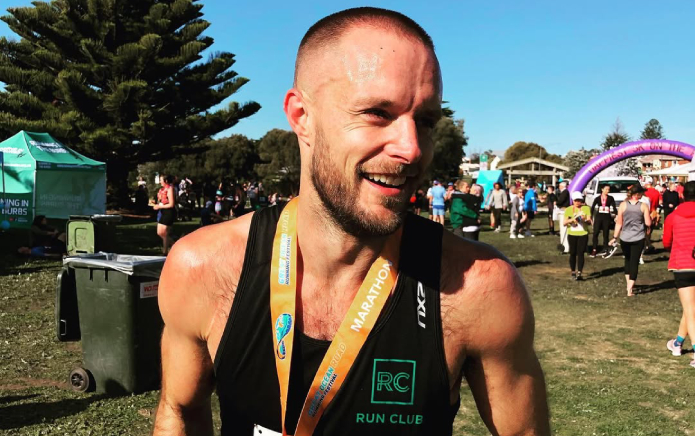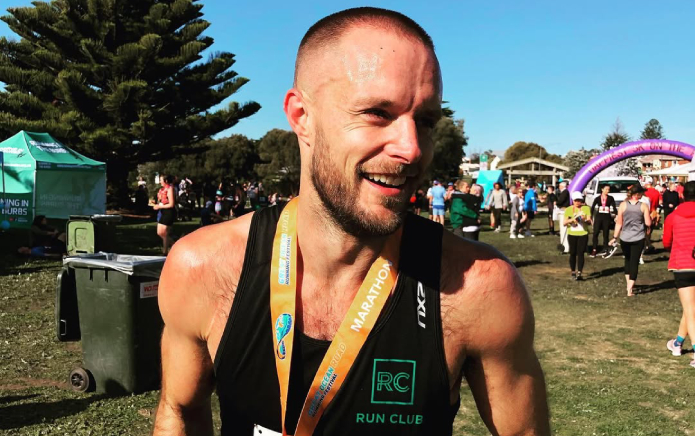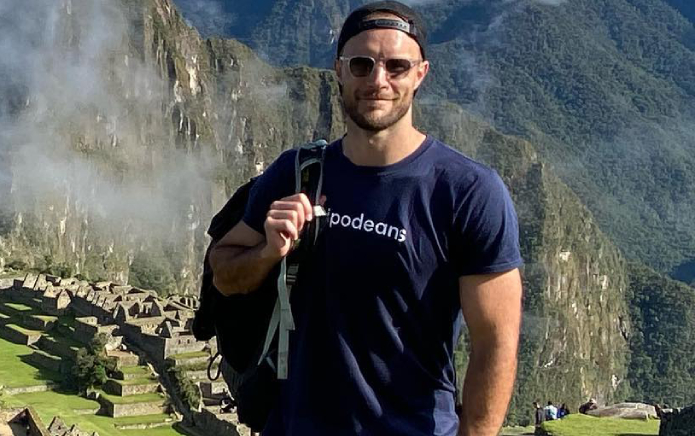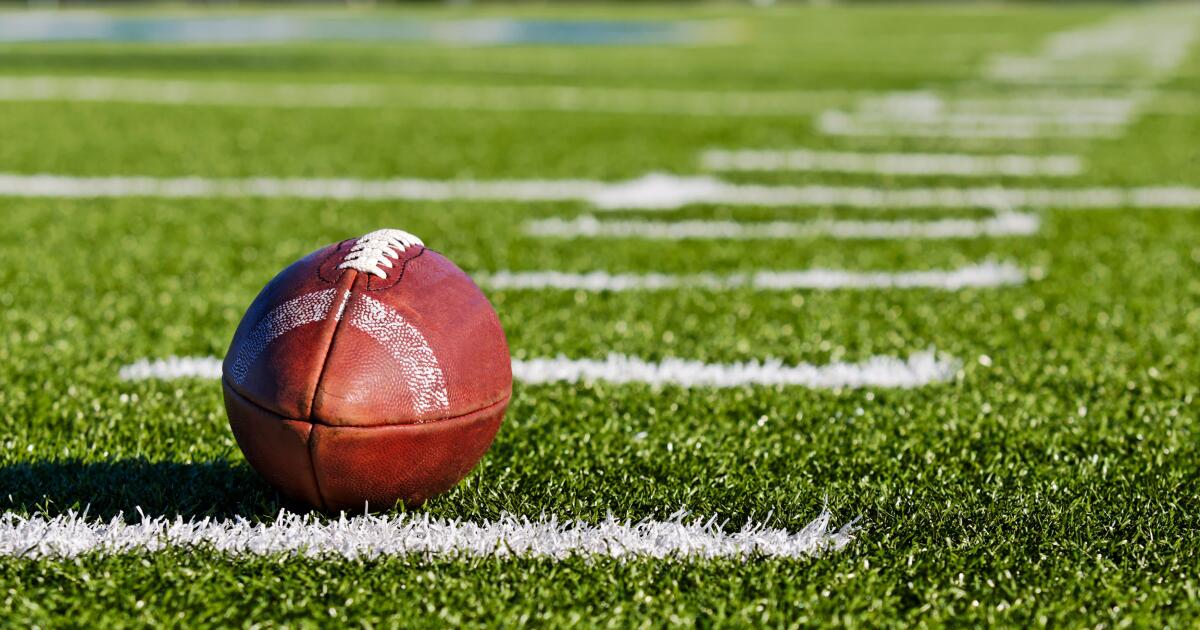UCLA fires football coach DeShaun Foster after winless start
The DeShaun Foster era is over after 15 games and just five victories, the former UCLA star running back’s storybook rise to head coach at his alma mater coming to an abrupt, deflating end.
After an 0-3 start that included back-to-back losses to Mountain West Conference teams, Foster was dismissed on Sunday in a move that showed the Bruins will no longer accept their status as the laughingstock of the college football world.
Tim Skipper, the former Fresno State interim coach who was brought in as a special assistant to Foster before this season, will serve as the interim coach for the rest of the season as the school commences a search for a permanent replacement.
UCLA was outscored by a 108-43 margin in its first three losses, leading to trolling tweets from the Big Sky and Pac-12 conferences in addition to widespread ridicule from national media figures who noted that the Bruins had clinched last place in the Mountain West and were the only remaining winless team in the Big Ten.
Athletic director Martin Jarmond said he made the decision to remove Foster after consultation with UCLA chancellor Julio Frenk, acting swiftly because there was no clear path to success in the Big Ten even with an extra week to prepare for the conference opener against Northwestern on Sept. 26.
“I felt with the timing, the bye week,” Jarmond said, “it gave our young men the opportunity to just take a breath, recalibrate and change some things that give them the best chance to finish out the season strong and also as a signal to our fans that this is not what Bruin football is going to be.”
Jarmond accepted responsibility for having hired Foster in February 2024 after a process lasting less than 72 hours and said he regretted putting the rookie coach in a difficult situation going into a new conference after national signing day with just half a year to prepare.
“I think you make the best decisions with the circumstances and the resources that you have to work with,” Jarmond said, referring to the constraints of still having the reduced revenue of Pac-12 membership combined with a condensed timeline.
Foster, who compiled a 5-10 record in a little more than one full season, is owed roughly $6.43 million in buyout money per the terms of his five-year contract, barring a new job that offsets that amount. UCLA said it would pay Foster’s buyout from athletic department-generated funds.
“Serving as the head coach at UCLA, my beloved alma mater, has been the honor of a lifetime,” Foster said in a statement. “While I am deeply disappointed that we were unable to achieve the success that our players, fans, and university deserve, I am grateful for the opportunity to have led this program.”
Starting Monday, the coaching change will open a 30-day transfer window for UCLA players who want to leave for other teams. Since the Bruins have not played four games, departing players will have the option to use a redshirt season but not immediately play for their new team.
The Bruins already appear to have lost three high school recruits after Johnnie Jones, a four-star offensive tackle from Bradenton, Fla.; Anthony Jones, a three-star defensive lineman from Irvine Crean Lutheran High; and Yahya Gaad, a three-star edge rusher from Medina, Tenn., said they were no longer committed to the school.
Foster’s dismissal shifts the spotlight onto Jarmond, who made the unconventional move to hire Foster despite Foster’s having no experience as a coordinator or head coach. Jarmond’s reluctance to fire coach Chip Kelly at the end of the previous season after the Bruins had absorbed embarrassing home losses to Arizona State and California necessitated the need for a quick replacement once Kelly left to become Ohio State’s offensive coordinator, leading some to blame the athletic director for leaving the football program in such a bind.
“I understand the criticism,” Jarmond said. “What I’ll remind you is these decisions aren’t made in a vacuum. There are many stakeholders and factors that go into where and when and how to make a coaching change. That said, ultimately, I’m the athletic director. I’m the steward of this program, and the buck stops with me.”
Foster’s biggest selling points were his status as a legendary UCLA player who had appeared in the Bruins’ last Rose Bowl game in 1999 and his success as a running backs coach at the school under previous head coaches Jim Mora and Kelly.
During a meeting at Jarmond’s home the night before Foster’s hiring, the candidate told his future boss that he would win through a relentless approach.
DeShaun Foster, left, holds up a UCLA jersey with athletic director Martin Jarmond after being introduced as UCLA’s new football coach on Feb. 13, 2024.
(Damian Dovarganes / Associated Press)
“He said, ‘Listen, Martin, no one’s going to outwork me, no one’s going to outwork this program,’” Jarmond said on the day of Foster’s introductory news conference. “ ‘If we lose a game, it’s going to be because we just weren’t good enough that day. But I guarantee you, I’m going to do everything I can and in my power to make this program successful.’ ”
In announcing the move, UCLA said a comprehensive national search for Foster’s replacement would involve Jarmond and executive senior associate athletics director Erin Adkins, who would be assisted by a committee composed of accomplished sports and business executives and UCLA greats that would be announced once finalized.
What will the Bruins be seeking in their next coach during a search that’s expected to last several months unless an ideal candidate who is available suddenly materializes?
“It’s got to be someone who exemplars our true Bruin values — respect, integrity and just understands those four letters,” Jarmond said, “but we’ll be looking for a coach quite frankly who sees the vision to take UCLA to the playoffs. We want to win at the highest level.”
Jarmond emphasized that this search was very different than the one that led to Foster’s hiring, noting the increased resources available because of UCLA’s move to the Big Ten and the extended timeline that will presumably lead to a wider pool of attractive candidates.
Jarmond touted Foster’s passion and integrity among the biggest factors that led to his hiring, and it didn’t hurt that the coach was wildly popular among returning players, allowing the Bruins to keep much of their roster intact heading into his debut season.
But Foster’s inexperience showed in his first game, the coach admitting he was nervous and unsure about how to address reporters after his team rallied for a victory over Hawaii. The Bruins started the season 1-5 before winning four of their last six games, momentarily steadying Foster’s standing with donors and fans.
A flurry of offseason moves in which Foster overhauled his coaching staff and scored a number of big recruiting wins, including the acquisition of star Tennessee quarterback Nico Iamaleava from the transfer portal, appeared to show signs of growing on the job. Another promising development came during Big Ten media days in July, when Foster delivered a coherent opening message one year after stumbling his way through widely mocked and memed remarks that included the coach telling reporters, “We’re in L.A.”
But there was also a curious step backward. The coach who initially said he wanted to give his program a family feel, holding a carnival-like spring practice complete with a fire twirler and putting names on the backs of jerseys to help reporters identify players, severely curtailed access to practices and player interviews during training camp.
Foster shrugged off a season-opening 43-10 loss to Utah, saying his team was close to making the plays it needed to be competitive. But a 30-23 setback against Nevada Las Vegas that was followed by a 35-10 blowout against New Mexico showcased a series of worrisome trends.
Foster’s team couldn’t consistently move the ball, get defensive stops or avoid penalties. The Bruins are still seeking their first lead of the 2025 season after having fallen behind 20-0 against Utah, 23-0 against UNLV and 14-0 against New Mexico.
Foster’s pillars of discipline, respect and enthusiasm clearly never took hold given his players’ repeated penalties, lagging preparation for lesser opponents and lack of passion on the sideline.
In his final meeting with reporters before his dismissal, Foster initially blamed his team’s shortcomings on a lack of execution before finally accepting culpability when pressed by a reporter about who was ultimately responsible.
“Everything that happens can fall on me,” said Foster, who turns 46 in January. “I’m the head coach, so it can fall on me.”
Trying to sound upbeat in a monotone voice, Foster said he would use the bye week to make tweaks before the Bruins opened Big Ten play on the road against Northwestern.
“You know, we’ve got two weeks to fix this,” Foster said, “and just looking forward to this opportunity to get it fixed.”
A proud Bruin having met an inglorious ending, those fixes will now be in the hands of someone else.
